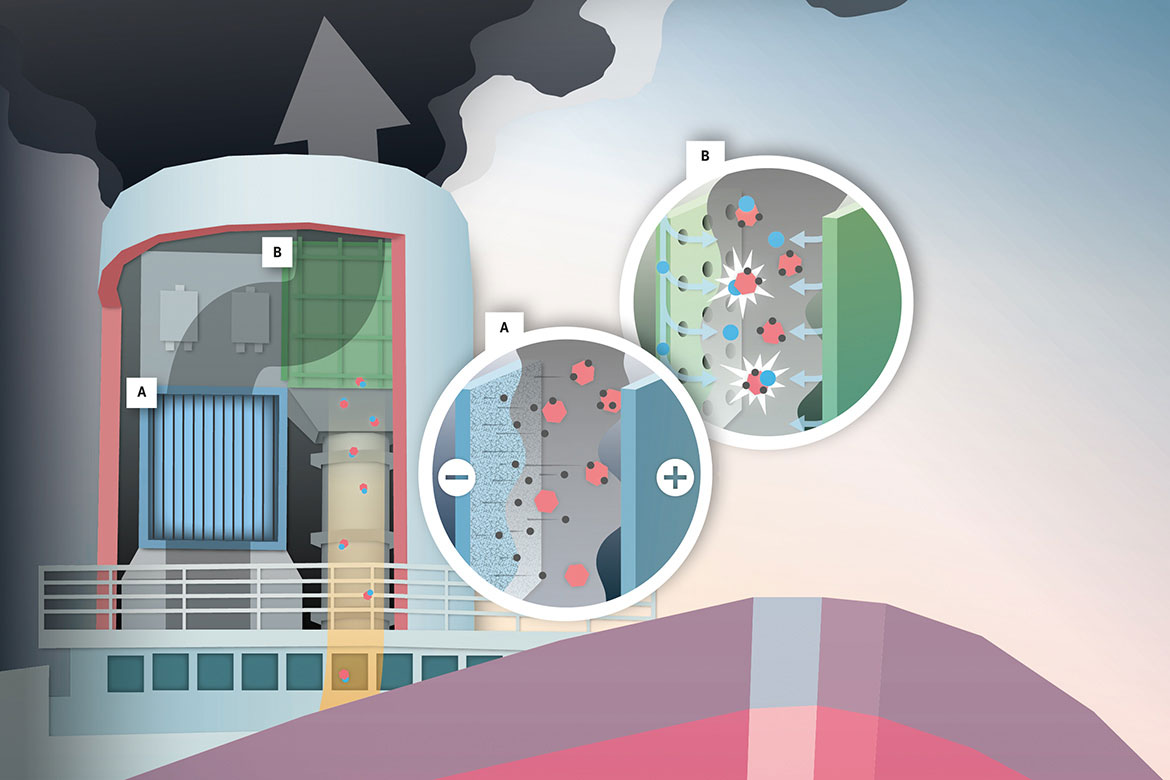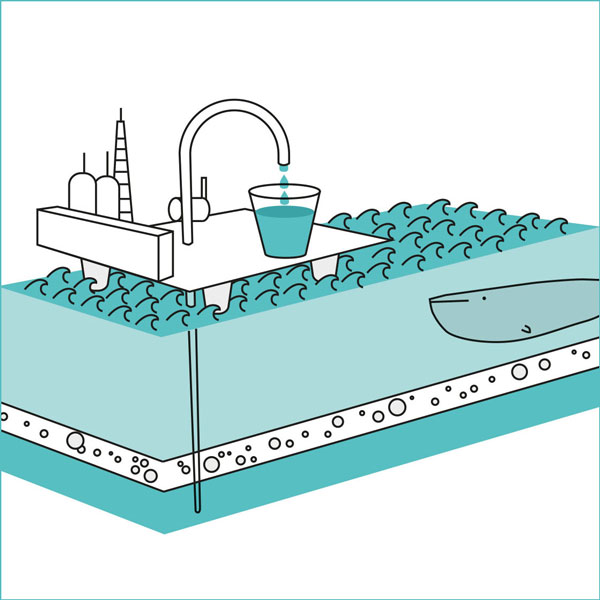The right fertiliser for Madagascan rice
Manure or crop rotation? The best way to enrich upland soils with nitrogen

Growing rice in Madagascar. Just how useful is traditional, plant-based farmyard manure as a fertiliser? | Oliver Zemek
Thanks to the bacteria in their roots, legumes can capture nitrogen from the air. This is why they’re regarded as ecological alternatives to artificial fertilisers. They can even improve yields in rice cultivation in tropical uplands, and increase soil fertility in the process. This has been shown in experiments with the legume stylo (Stylosanthes guianensis) in Madagascar, carried out by Oliver Zemek of ETH Zurich in collaboration with local partners.
The soils in the Madagascan uplands are low in nutrients, and when cultivating upland rice, subsistence farmers often use traditional farmyard manure (‘mulch’). “But if stylo is also planted as a nurse crop, rice yields can be increased by up to 50 percent compared to methods without fertiliser”, says Zemek. His analysis demonstrates that when the legumes draw nitrogen from the air, two thirds of it is then stored in the soil.
What is surprising is that the rice draws its nitrogen primarily from the stylo leaf litter that accumulates during the dry season, and from root residues, seeds and soil, but hardly from the mulch.
During this three-year experiment, rice was cultivated in alternation with stylo every other year, and was also cultivated with stylo as a nurse crop. Although crop rotation optimises the accumulation of nitrogen, it also means there is no rice crop every second year. “As an alternative, grain legumes could be utilised, which would also produce edible yields”, says Zemek. The results are also significant for Switzerland, where organic farming uses legumes. “We would also have to analyse what the mulch offers here”, says Astrid Oberson, who is heading the study.




